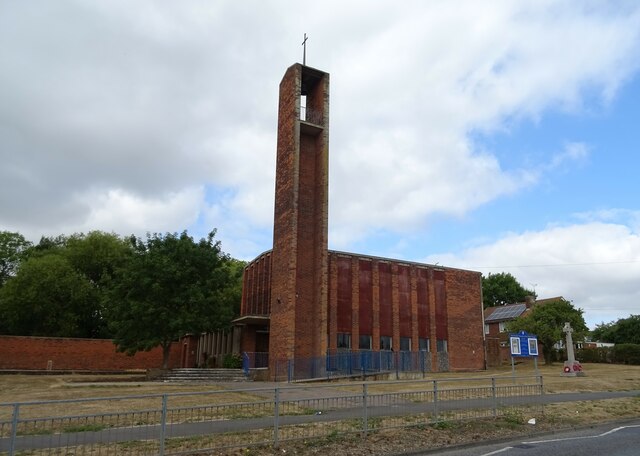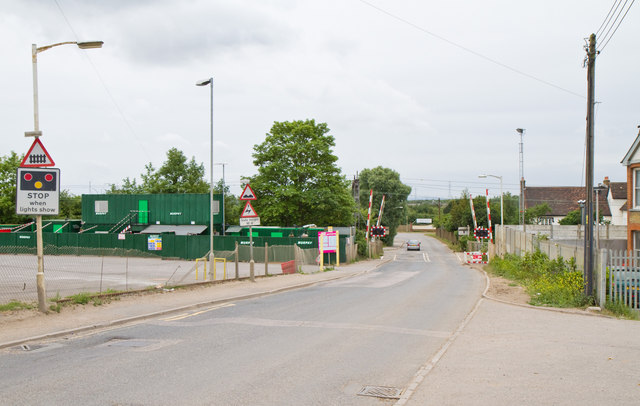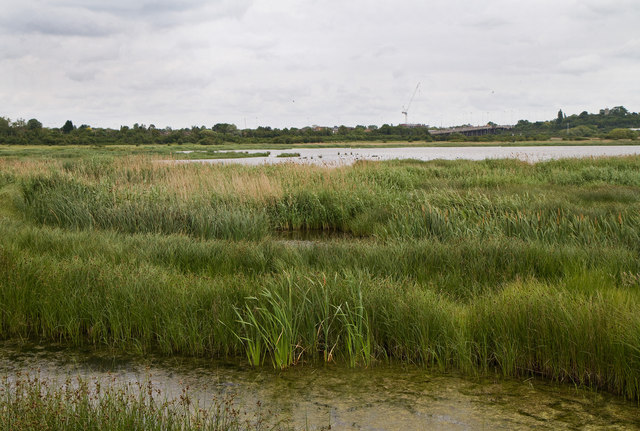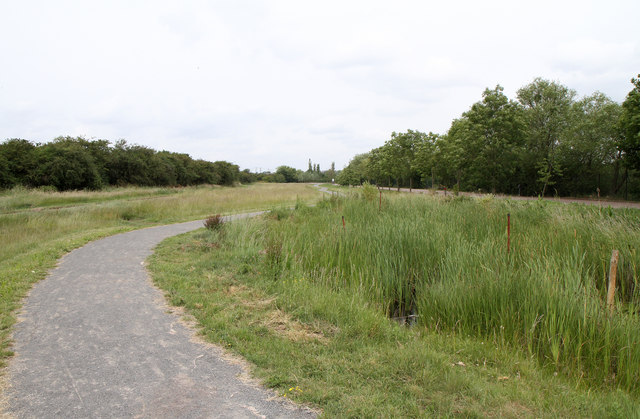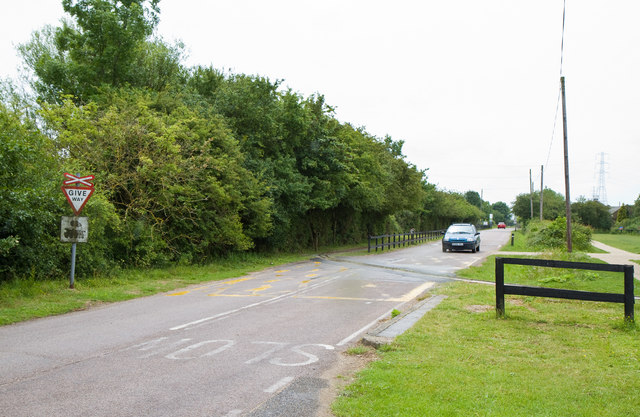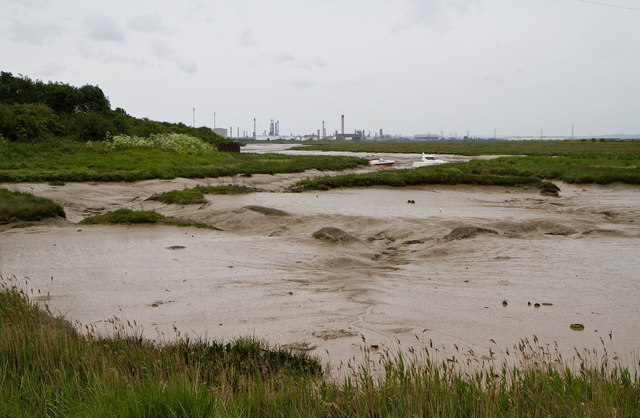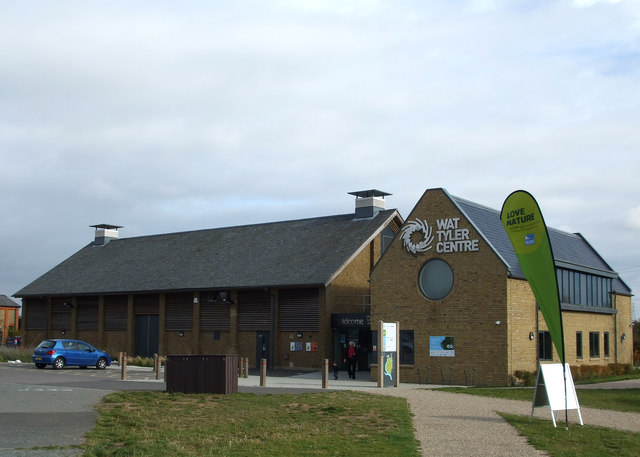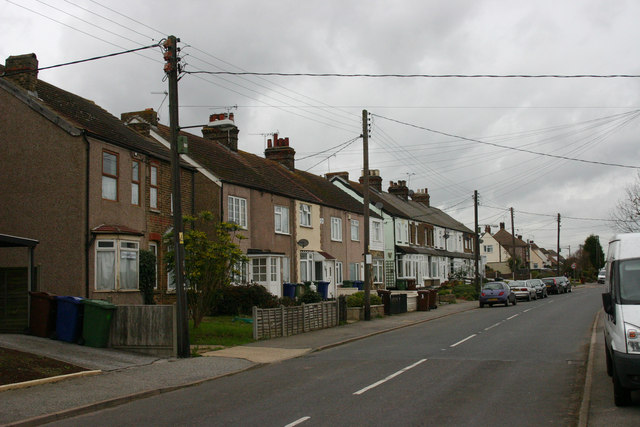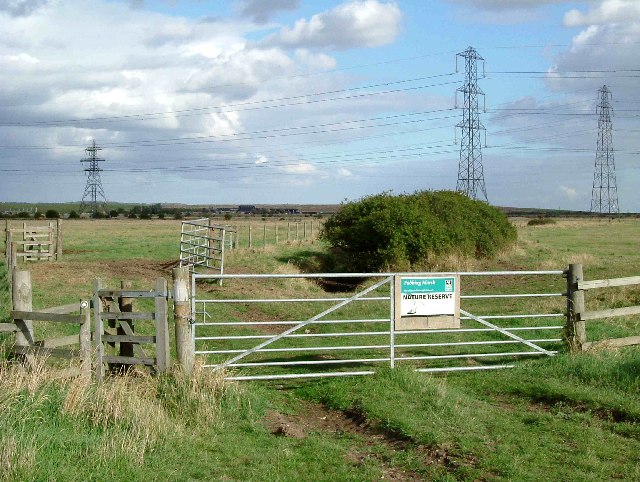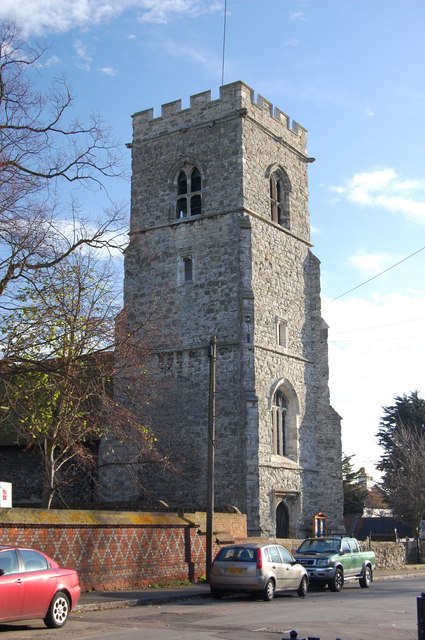Vange Marshes
Coastal Marsh, Saltings in Essex Basildon
England
Vange Marshes
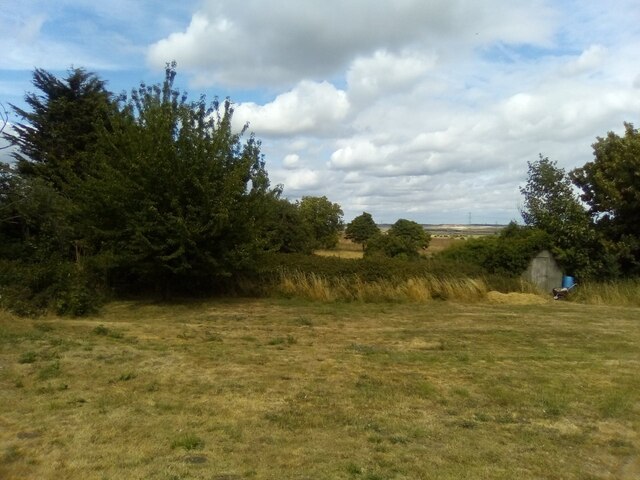
Vange Marshes is a coastal marshland located in Essex, England. Covering an area of approximately 1,500 acres, it is a significant natural reserve known for its diverse range of flora and fauna.
Situated near the River Thames estuary, Vange Marshes is characterized by large expanses of salt marshes and saltings. These marshes are formed by the deposition of sediment carried by tidal waters, creating a unique and ever-changing landscape. The area is predominantly flat, with a network of channels and creeks that are influenced by the tides.
The marshes are home to a rich variety of plant life, including saltmarsh grasses such as cordgrass and sea lavender. These plants have adapted to the saline conditions and play a crucial role in stabilizing the marshland and providing habitats for numerous species of birds and insects.
Vange Marshes is renowned for its importance as a breeding ground and feeding site for various bird species. It serves as a vital stopover point for migratory birds, offering them a place to rest and refuel during their long journeys. Visitors can spot a wide range of birds, including waders like avocets, redshanks, and dunlins, as well as birds of prey such as marsh harriers and peregrine falcons.
The reserve is managed by the Royal Society for the Protection of Birds (RSPB) and provides excellent opportunities for birdwatching and nature conservation. Additionally, there are several walking trails and observation points that allow visitors to explore the marshes and appreciate the unique beauty of this coastal habitat.
If you have any feedback on the listing, please let us know in the comments section below.
Vange Marshes Images
Images are sourced within 2km of 51.544146/0.49432485 or Grid Reference TQ7385. Thanks to Geograph Open Source API. All images are credited.
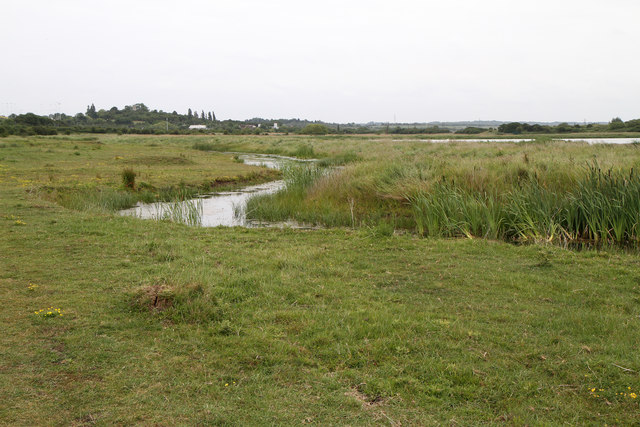
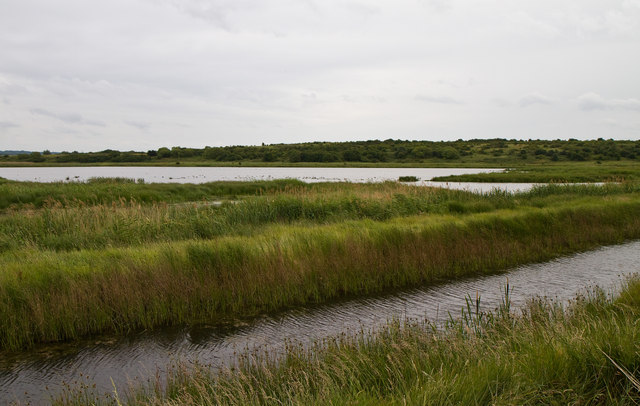
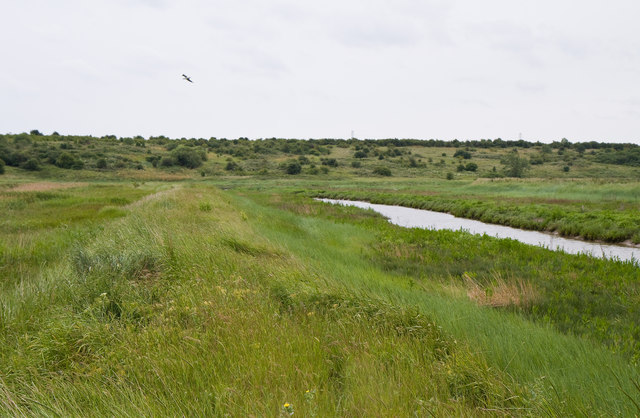
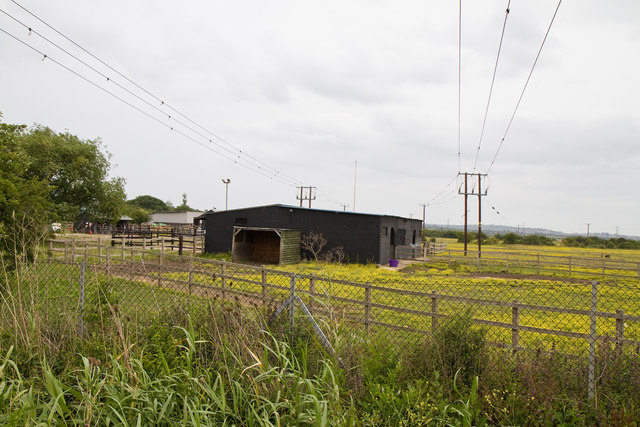
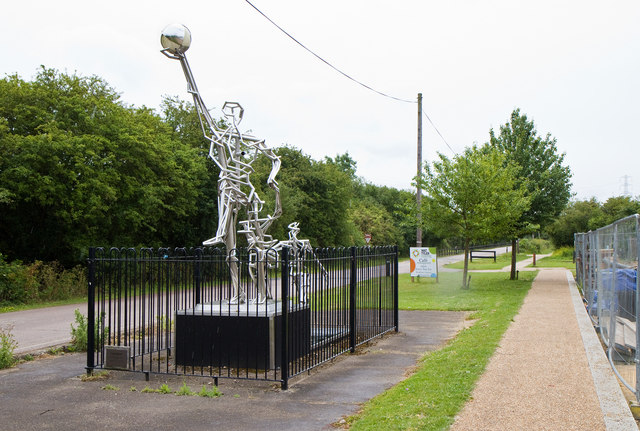
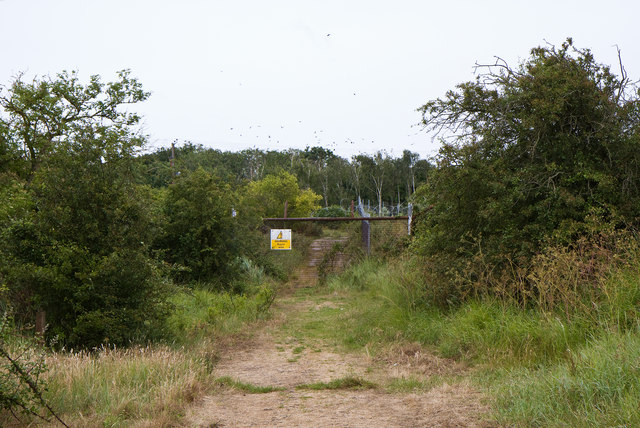
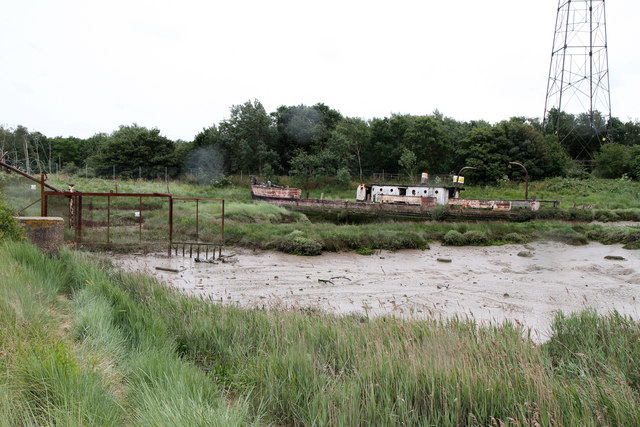
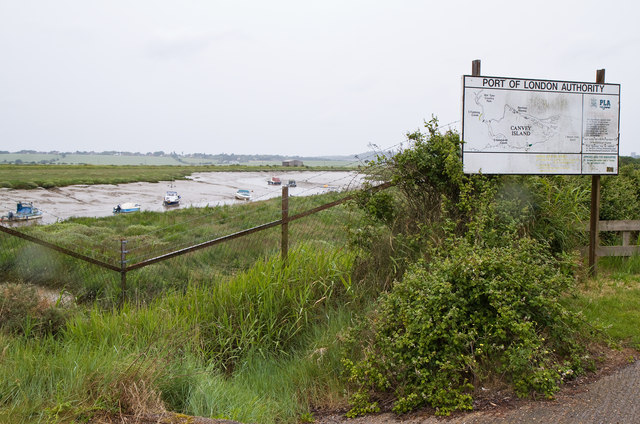
Vange Marshes is located at Grid Ref: TQ7385 (Lat: 51.544146, Lng: 0.49432485)
Administrative County: Essex
District: Basildon
Police Authority: Essex
What 3 Words
///silk.bubble.natively. Near Pitsea, Essex
Nearby Locations
Related Wikis
Wat Tyler Country Park
Wat Tyler Country Park is a country park located to the south of Pitsea, Essex within the area of Pitsea Marsh. The area was inhabited from the Bronze...
Fobbing Marsh
Fobbing Marsh is a 75.7-hectare (187-acre) nature reserve east of Fobbing in Essex. It is managed by the Essex Wildlife Trust.The site is mainly grazing...
South Basildon and East Thurrock (UK Parliament constituency)
South Basildon and East Thurrock is a constituency represented in the House of Commons of the UK Parliament since its 2010 creation by Stephen Metcalfe...
Pitsea waste management site
Pitsea waste management site is a large landfill site on the north side of the Thames estuary 0.7 miles (1.1 km) from Pitsea in Basildon, Essex. It is...
Pitsea Marsh
Pitsea Marsh is a 94.6-hectare (234-acre) Site of Special Scientific Interest in Pitsea in Essex. The southern half is the Wat Tyler Country Park, and...
Fobbing
Fobbing is a small village and former civil parish in Thurrock, Essex, England, and one of Thurrock's traditional (Church of England) parishes. It is between...
All Saints Church, Vange
All Saints Church is a redundant Anglican church in the former village of Vange, now part of the town of Basildon, Essex, England. It is recorded in the...
Vange and Fobbing Marshes
Vange and Fobbing Marshes are a 164.6-hectare (407-acre) biological Site of Special Scientific Interest in two areas south of Basildon in Essex. Vange...
Nearby Amenities
Located within 500m of 51.544146,0.49432485Have you been to Vange Marshes?
Leave your review of Vange Marshes below (or comments, questions and feedback).
